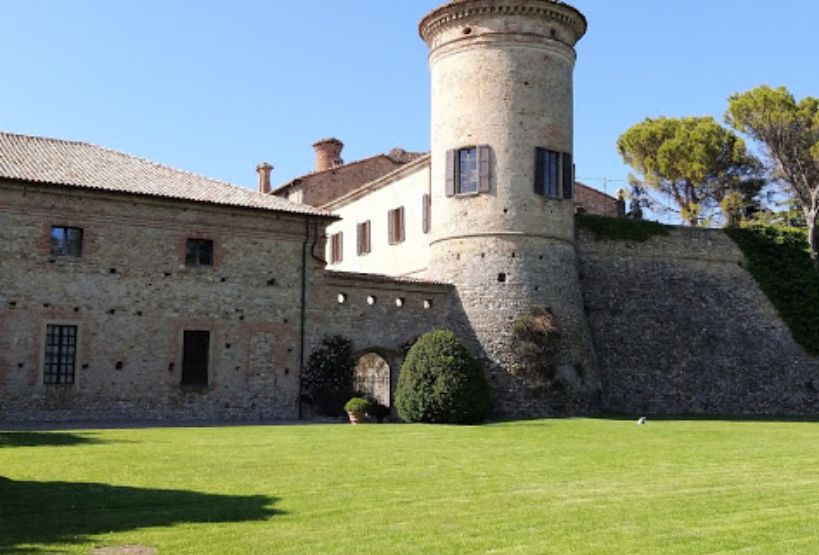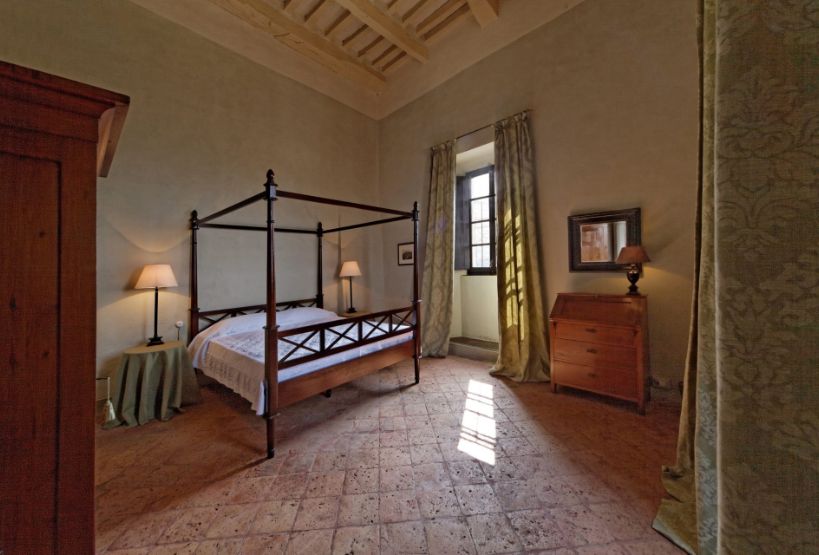Castello di Scipione dei Marchesi Pallavicino
The oldest castle in the Parma area
The Castello di Scipione dei Marchesi Pallavicino was built before 1025, by Adalberto Pallavicino, founder of the millenary family and daring commander, whose praises were sung by Torquato Tasso in Gerusalemme Liberata and Ludovico Ariosto in Orlando Furioso; the building is still inhabited by Adalberto’s direct descendants.
Legend has it that the castle inherited its name from a Roman villa that stood on the same site, built by the family of the famous general, Publius Cornelius Scipio, who destroyed Carthage in 146 BC.
In the Middle Ages, with its numerous possessions including lands and castles, Scipione was the most economically prosperous fief of the Pallavicino State and the castle was the main fortress guarding the precious salt wells in the area, located between the towns of Scipione, Salsomaggiore, Salsominore and Tabiano, which fell under its jurisdiction.
In particular, the castle experienced its period of greatest splendour in 1200, in the times of Manfredo Pallavicino, the lord of the area and described as a rich and powerful man, and his brother Uberto ‘Il Grande’, ally of Emperor Frederick II, Imperial Vicar of Lombardy and Lord of Milan.

The two were united by a pact of brotherhood and, in those same years, the Emperor granted important privileges to the Fief of Scipione, underlining its strategic importance in the Imperial structure. The Pallavicino State, a direct fief of the Holy Roman Empire, with Busseto as its capital and then Cortemaggiore, between the year 1000 and the 16th century extended its dominion over a large region between Parma and Piacenza in the north and Liguria and Tuscany in the south.
In particular, the salt-producing lands were defended by a system of fortifications, including the castles of Bargone, Contignaco and Tabiano, whose task was to protect both the salt-water wells and the woods necessary for the production of timber, which was essential for making salt.

From an architectural point of view, the castle still retains its original external and internal structure, with the ancient entrance to the keep, once protected by a drawbridge.
Major changes took place in the 1400s to adapt the castle to the new defensive requirements, while in the 1600s, further works gave it the new imprint of a refined noble residence.
In the furnished rooms, you can still admire the frescoes, the beautiful fireplaces embellished with the marquis’s coat of arms and the precious decorated coffered ceilings, dating back to the 15th, 16th and 17th centuries.
The seventeenth-century loggia gallery, unique in the area, opens onto a stunning hillside landscape that still enchants visitors.
At the heart of a magical land
Discover all the places of historical, cultural and artistic interest
Castles, cities of art, historical sites, parks and places of worship: discover what the Tabiano Terme area has to offer
The oldest church dedicated to the martyr

